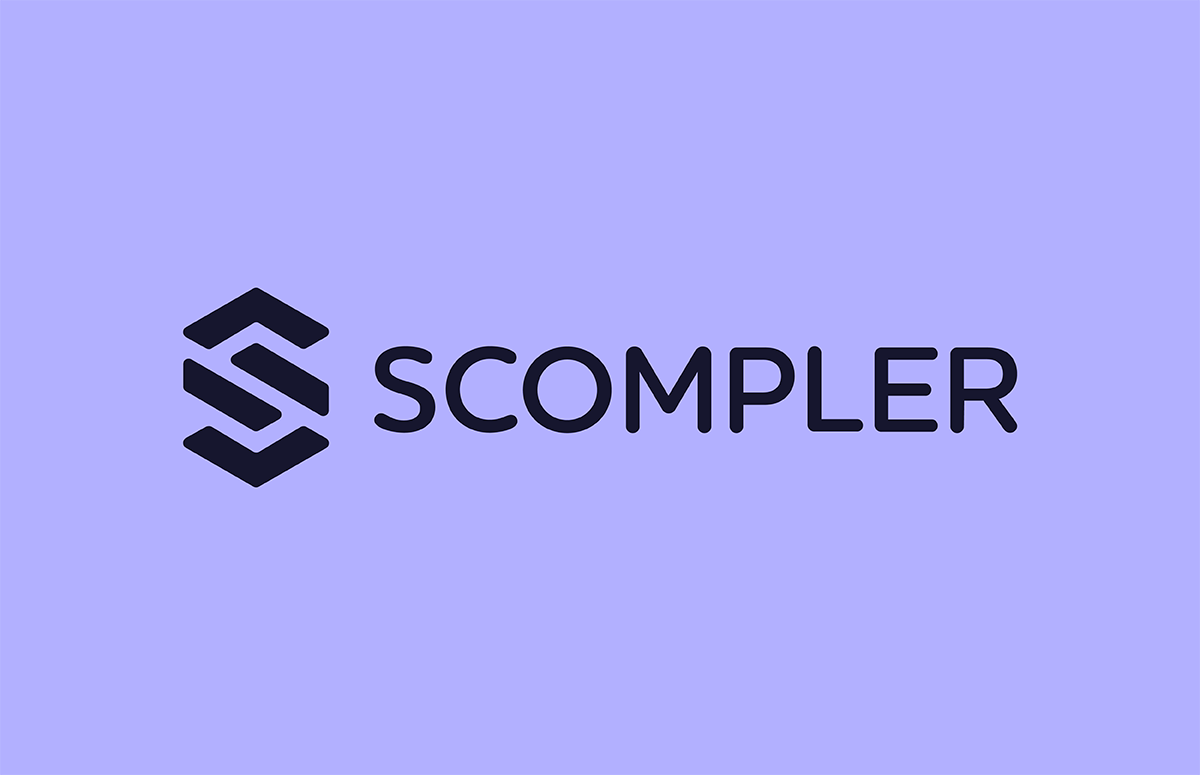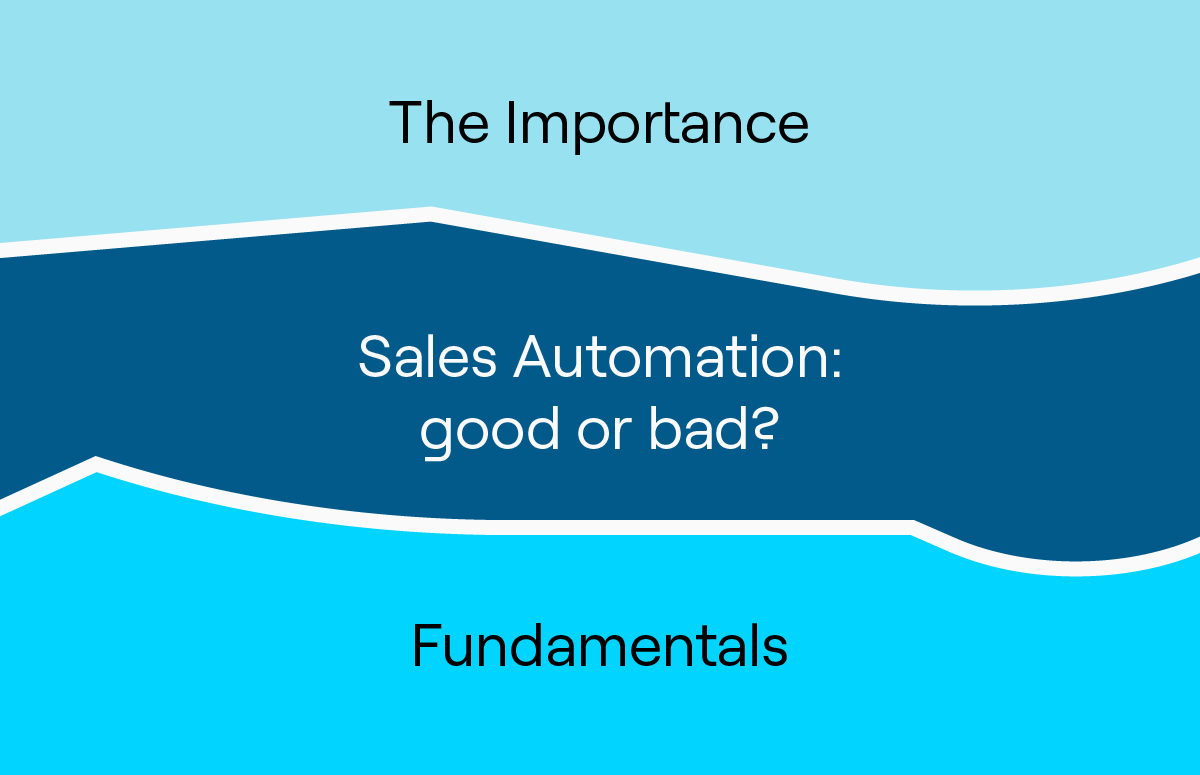How to Be a Successful SDR: 6 Tips from Top Performers
Sales Development Representatives (SDRs) play a pivotal role - they’re the starting point in the sales cycle and spark new business.
SDRs start the initial conversations with potential customers and ensure those conversations are worth having. Success looks like plenty of qualified meetings booked and a steady pipeline.
So how do you ace this position?
We asked Cognism’s superstar SDRs:
- Madeleine Hopkin, Senior Enterprise Sales Development Representative.
- Charlie Bell, Senior Enterprise SDR.
Thankfully, they’ve spilt the beans on how to be a successful SDR.
Ready to step up your SDR game?
Let’s dive in 👇
1. Build resilience
In the beginning, Maddie’s SDR journey was full of rejections.
But she quickly learned the golden rule: it’s not personal.
Maddie explained:
“I wasn’t a particularly strong SDR to start with. I actually found it quite difficult to book meetings and didn’t hit target in my first month.”
“For me, the key was being super resilient. So removing my ego from the ‘no’s’, realising that they’re not rejecting me as a person, they’re just rejecting the product.”
The SDR position is inherently challenging, but resilience is what makes a good SDR.
Maddie added:
“You need to trust the process in the sense that you’re putting in the hard work, you’re turning up, being super curious, being enthusiastic, asking questions and throwing yourself into doing a lot of cold outreach.”
And how do you build resilience?
Maddie told us:
“The best SDRs don’t put off the task they find the scariest. For me, that task was cold calling.”
“So I’d make sure that I prioritise cold calling in my day, and then that way, you’re naturally going to improve. But you’ve got to push yourself out of your comfort zone.”
The moral of the story is that through resilience, you can transform initial setbacks into success.
2. Know your product
When dealing with bigger enterprise companies, it can be challenging to predict their use case.
So what’s the solution?
Deep product knowledge!
Maddie elaborated:
“If you know the product you’re selling, you’re more likely to approach the prospect from a unique perspective every time. So it means you will tackle the specific problem they want to solve, rather than selling to everyone with the same approach.”
With comprehensive knowledge at your fingertips, you can navigate complex use cases, answer objections confidently, and present relevant solutions.
The more you sell irrelevant features, the less engaged your prospect will be!
Maddie cautioned:
“Knowing which part of the product relates to their question is super important. If you can’t provide an answer when they ask about a specific aspect of the tool during the call, you might need to find the information and get back to them. At that stage, the opportunity could be lost.”
Knowing your product inside out is one of the critical SDR best practices. It’s a guiding compass in complex scenarios - don’t forget it!
3. Strike the right tone
When it comes to cold calling, it’s not just about what you say, but how you say it.
Charlie emphasises the significance of tonality as a crucial factor in how to be a successful SDR.
He told us:
“The way I’ve always tried to think of it is that I’m sat at the dinner table talking to a close friend’s mom, which I know is a strange analogy, but that’s the right amount of familiarity without being too informal and still sounding like you know what you’re talking about. That’s the tone you want to go for.”
With the right tonality, SDRs can effectively build rapport with prospects - increasing the odds of a successful outcome.
But Is there such a thing as being too assertive?
Charlie thinks so; being pushy can cause your prospect to become defensive.
He explained:
“There’s a fine line between being assertive and direct. Say someone picks up the phone, and I can tell they’re in a rush. I’ll get right to the point. But you can be direct without being too assertive; you can simply trim things out.”
4. Leverage voice notes
In the digital era, we’re all inundated with automated messages and impersonal emails.
Charlie and Maddie have discovered a powerful technique to stand out from the crowd: voice notes.
They’re an excellent tool, helping to create authentic connections - definitely one for your toolbox of SDR best practices.
Charlie told us why:
“Decision-makers in larger companies get so many LinkedIn messages all the time. A voice note is more interesting and personable - they’re more likely to listen.”
Maddie gave us this tip:
“Some people prefer voice messages over text, but it’s good to offer them the choice. I usually follow up with a brief text summary just in case they don’t like voice notes.”
5. Collaborate with your Account Executive
As an SDR, building a solid relationship with your Account Executive (AE) can be a game-changer.
Charlie told us:
“I think the AE-SDR relationship is extremely important because if you have that synergy, you approach accounts as a team. You’re bringing in the correct meetings for your AE; they’re feeding back to you if they want different people looped in.”
Talk about teamwork!
Most AEs were high-performing SDRs themselves - they know the drill! This makes them an excellent fountain of knowledge.
So how can you establish this mutually beneficial relationship?
Charlie explained:
“You have to always show that you care about their time. The AE’s time is extremely important, so if you value it, they’ll open up and respect you. They’ll be happy to support you and give you training.”
Providing AEs with well-qualified opportunities is an integral part of how to be a successful SDR. It proves you’re invested in the AE’s success rather than looking for a shortcut to quota.
6. Use bottom-up selling
Still wondering how to be a good SDR?
Maddie introduced us to the clever approach of “bottom-up selling”. It’s where SDRs connect with individuals lower in the company hierarchy to identify the shortcomings of their current tools.
Maddie told us:
“With bottom-up selling, I’ll start a conversation with SDRs at other companies, ask about their cold calling and cold emailing processes, and the SDR tools they use. I’ll dig deeper to understand the issues they’re having with their current solution.”
Here’s what her investigation looks like:
“Say they use ZoomInfo, I’ll ask:”
‘Well, often what we hear is ZoomInfo is really US-centric. How do you find the data in EMEA?’
“Then I follow up with:”
‘If I told you that Cognism could provide more mobiles, meaning that you can have more conversations and book more meetings, do you think that would be of value to you?’”
If they see how your product can help, often they’re happy to provide you with their managers’ contact details and be looped in.
Armed with this valuable information, Maddie approaches decision-makers having already identified pain points and challenges.
It’s a personalised approach that hedges the chances of success.
What’s not to like?
Succeeding as an SDR: one last tip
If you really want to be a successful SDR, then check out Cognism’s SDR Zone! It’s jam-packed with resources, including cold call scripts, full cadences, podcast interviews and more.
Click 👇 to access.


